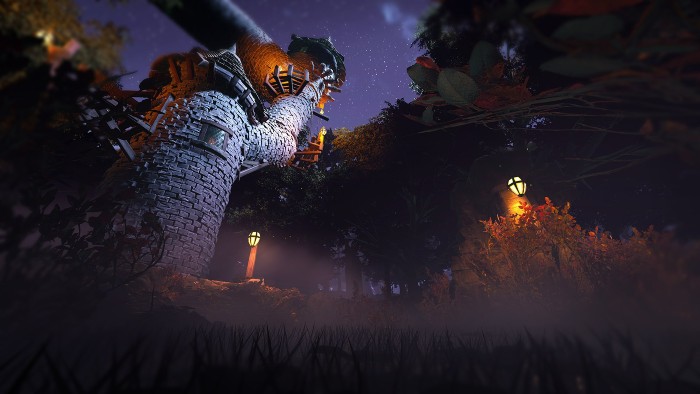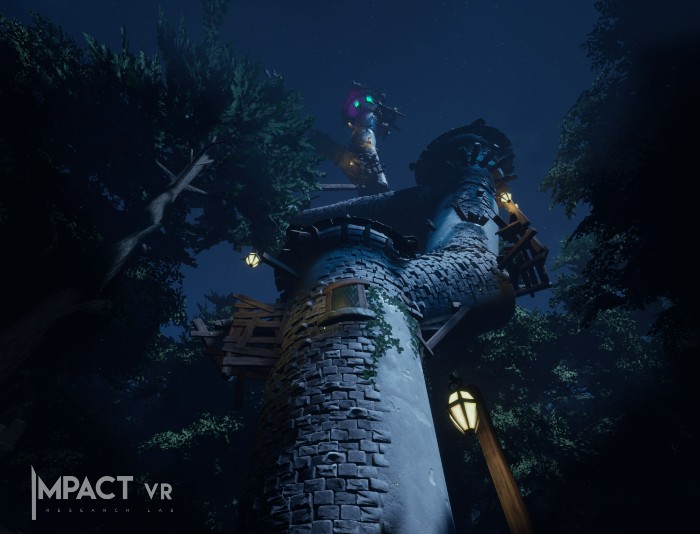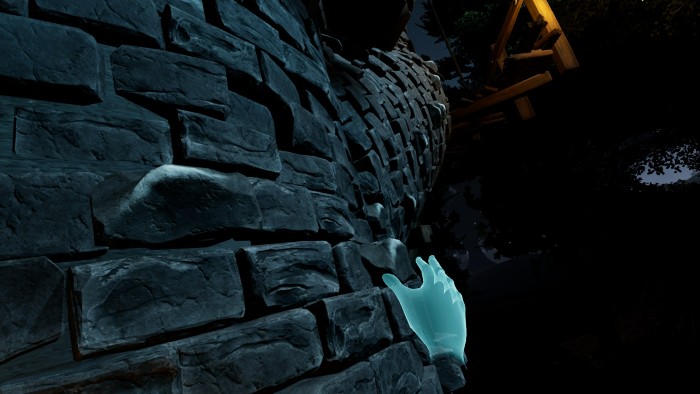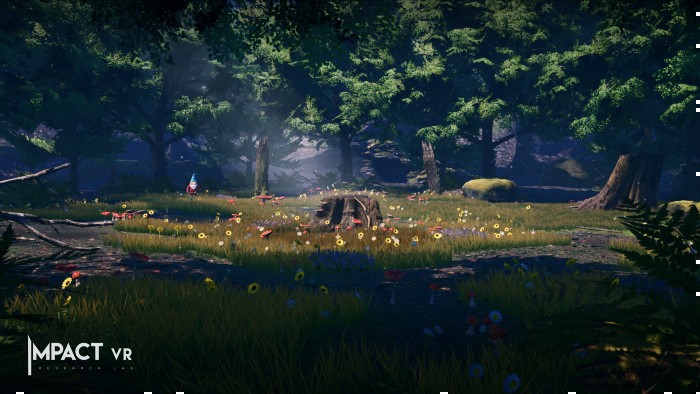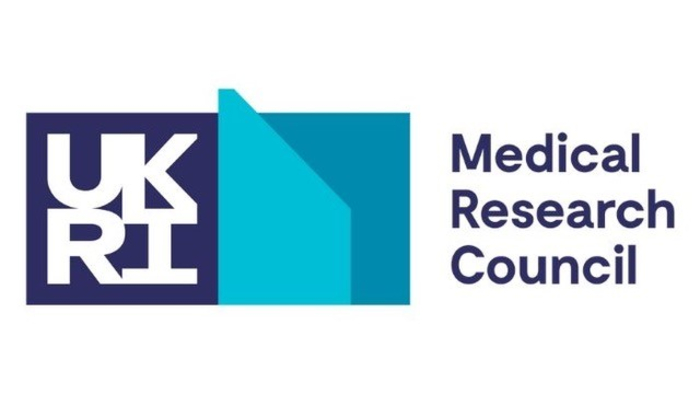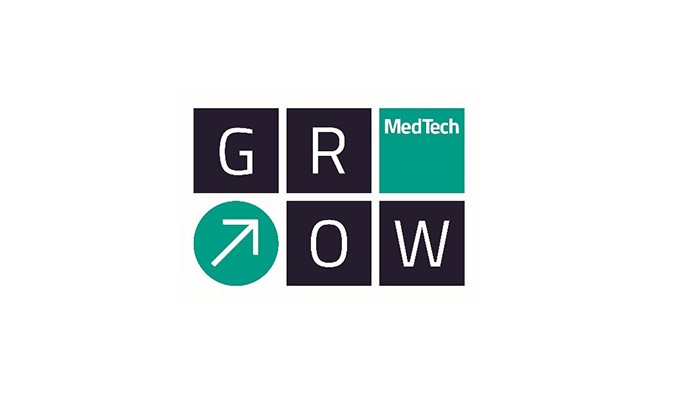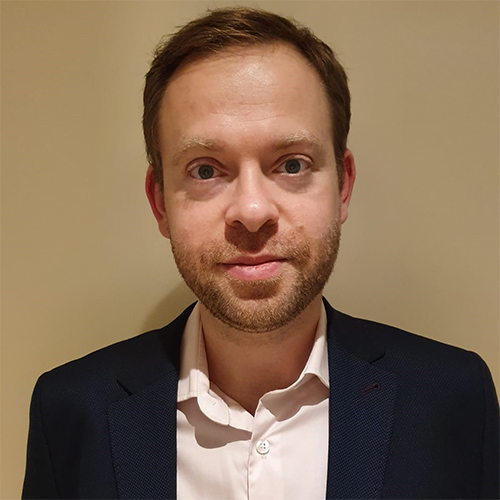Even though therapeutic processes can improve functional outcomes and minimize persistent disabilities, patients often neglect to participate fully in physical therapies due to the associated procedural pain.
Over recent decades, there has been a growing interest in designing non-pharmacological interventions which aim to minimize pain during physical therapies and improve functional outcomes.
Upper limb VR rehabilitation in the clinic
Via two interrelated studies, we explored the use of virtual reality (VR) as a tool to provide therapeutic physiotherapy for child patients in and out-patient hospital department.
We found that VR is an effective solution for children with upper limb motor impairment undergoing painful therapeutic process within a hospital environment.
VR can improve functional disabilities, alleviate perceived pain, reduce the perceived difficulty of rehabilitation exercises, increase exercise duration and produce positive emotions towards the therapy.
Implementation at home
Recent studies have suggested self-directed, home-based exercise programmes can deliver similar outcomes to conventional face-to-face therapy, which can be costly for both the patient and the healthcare system. However, even if therapies are suitable for home use, they are very likely to fail due to lack of patient motivation.
Our VR rehabilitation system has proven to be a fun, motivating and pain-free way to replicate rehabilitation therapy at home. It can offer greater accessibility, delivery and early rehabilitation to significantly optimise functional outcomes and quality of life.
Testimonials
In the clinic
"I felt zero pain! Because I was doing something at the same time, so I didn’t realise that I was doing them [referring to the rehabilitation exercises] [...] I want another go! [Laughter]." – Patient
"The best bit was the feeling of actually being there [...] It was more enjoyable because it felt like I had no injury, so it felt like I could just do it." – Patient
"She didn’t look as though she was in pain at all. She didn’t look as though she had any restrictions. It was just so fluent, she didn't have to think about what she was doing."– Family member
At home
"I’ll say the first operation, he’s not enjoying the physio. He sometimes even mentioned to me he didn't want it doing. But right now when he’s using the headset, when he’s back to school, every day he’s taking… 'Come mum, I’m ready for the video.'" – Family member
"It wasn't a chore. She has been doing physio in the past... it's been, like, do this exercise so many times a day for several minutes. And it is a chore. […] The fact it was a game and she found it engaging and enjoyed it meant she looked forward to doing it every day." – Family member
"If the patient isn't engaging well, they could take it home for a week or two, and that improves that movement at home, doing something that they want to do." – Occupational therapist
Grants
Confidence in Concept (CiC) (Medical Research Council) - August 2017 to February 2019.
Proof of Concept (Grow MedTech). September 2019 to August 2020.
Collaborations
Sheffield Teaching Hospitals National Health Service (NHS) Foundation Trust.
